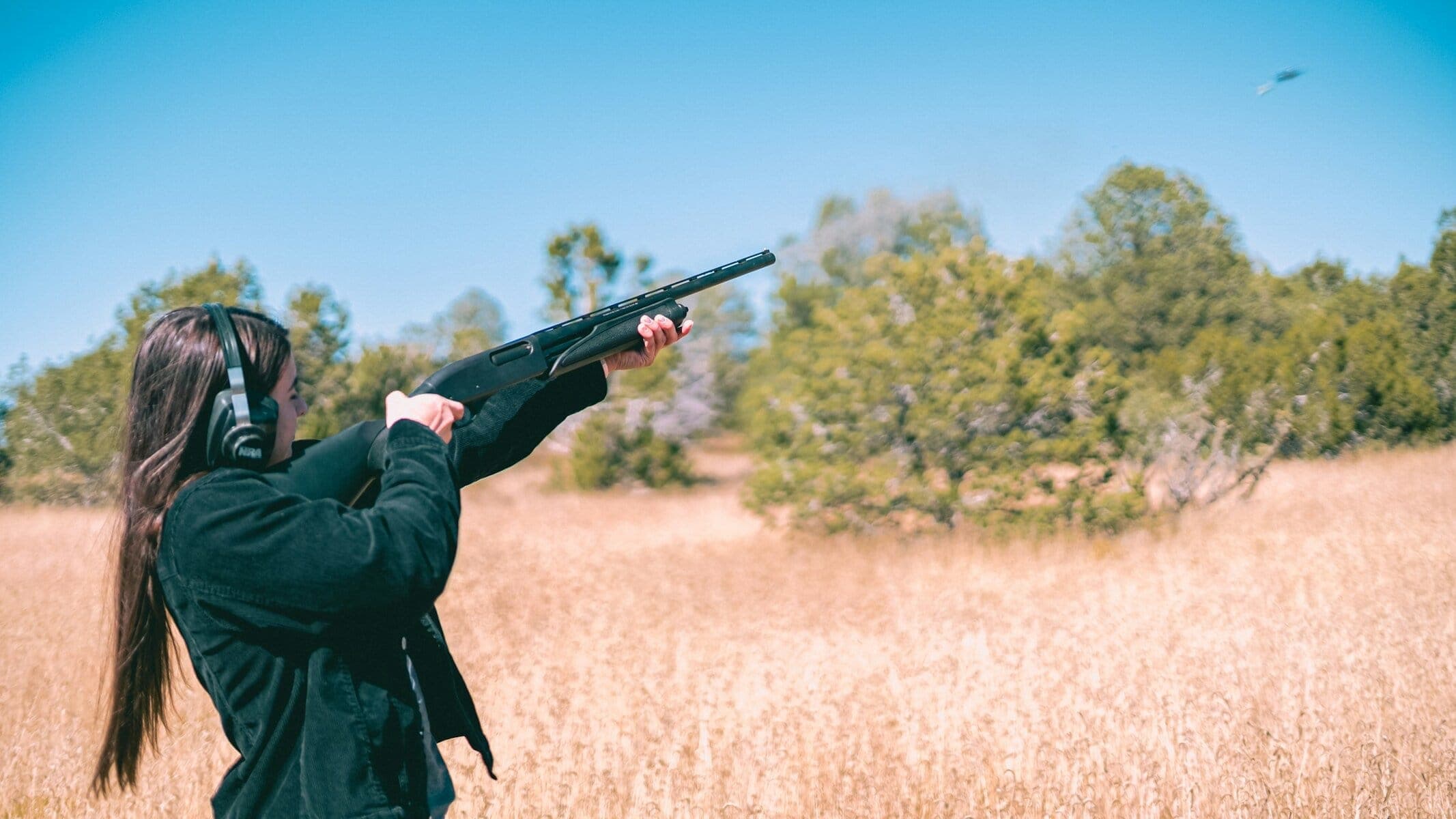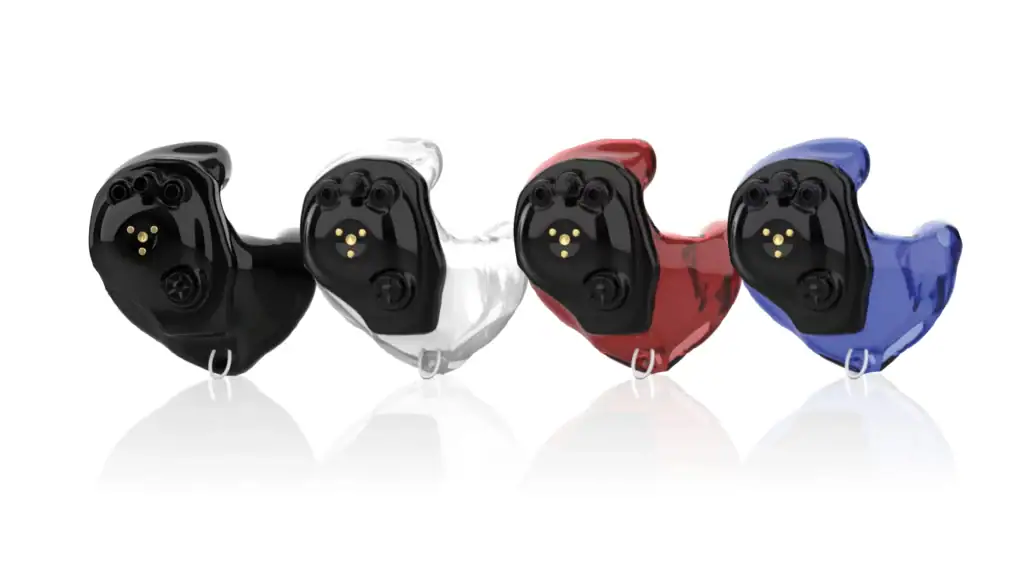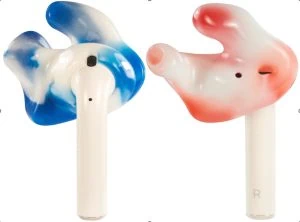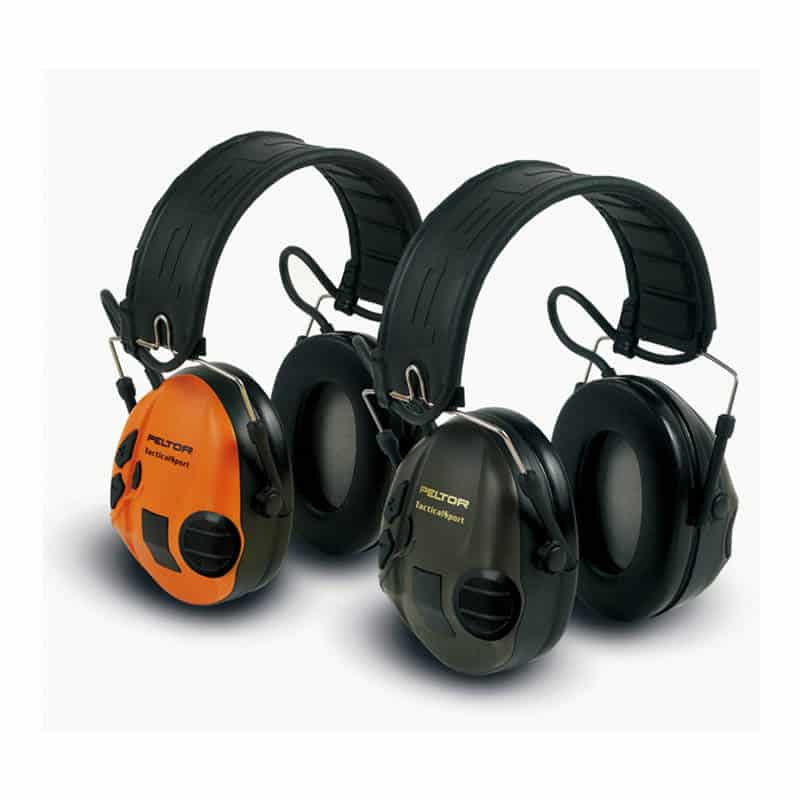- 800.525.2690
- [email protected]
- Mon - Fri: 8:00 - 4:30
Smart Hearing Protection for the Modern Sportsman & Competitive Shooters: 2025 TRENDS & INNOVATIONS
Explore 2025 trends in smart hearing protection for sportsmen and competitive shooters. E.A.R., Inc. highlights custom-fit earplugs, electronic earmuffs, and Bluetooth-enabled devices with sound compression and bone conduction, enhancing situational awareness and performance while protecting hearing.

With over five decades of experience in the hearing protection market, E.A.R., Inc. earinc.com has seen firsthand how recreational shooters and hunters have often overlooked the newest updates for one of the most critical aspects of their long-term performance and enjoyment for protecting their hearing.
>> Top Hearing Protection and Earplugs for Hunting and Shooting

From the Jobsite to the Backcountry to the Shooting Range: A Shift in Priorities

Recent innovations originally developed for industrial safety have crossed over into the sporting world. Custom-fit earplugs, electronic earmuffs, and in-ear devices now offer more than just passive protection — they enhance situational awareness, improve speech clarity, and even amplify the sounds you do want to hear, like approaching game, traps releasing or range commands. And a variety of these items also include features for attenuating annoying background sounds such as wind or crowd noise.
Features once reserved for tactical teams or factory supervisors are now available to the recreational hunter and shooter:
A. Bluetooth Connectivity — stream calls, listen to music, or GPS navigation without removing your protection
B. Sound Compression — gunshots are instantly suppressed, but ambient sounds are more normal.
C. Bone Conduction — bypasses the ear canal, preserving hearing while maintaining full awareness.
D. Rechargeability — no more fumbling for batteries in the woods or at the range.
NOTE: However, be alert to the fact that many end users prefer using regular hearing batteries which can be replaced while out on the field. This minimizes any delays for units to have power if necessary.
The Overlooked Problem: Hearing Loss and Fit

While the market is full of options, not all hearing protection is created equal — especially for those who already suffer from hearing loss. Many products still assume “normal”hearing profiles, leaving those with existing impairments at a disadvantage. Hunters with high-frequency hearing loss often report difficulty hearing game movement, missing conversations, or misunderstanding instructions or “PULL CALLS” at the range.
Bridging the Gap Between Hearing Aids and Hearing Protection
Traditionally, hearing aids and hearing protection were seen as separate — and incompatible. But that’s changing. Some modern hearing aids now include programs specifically for shooting environments, allowing wearers to toggle between everyday use and noise-dampening profiles. Likewise, high-end ear protectors are now being designed with adjustable gain controls, multiple listening modes, and companion apps to help tune sound profiles based on the user’s needs.
The day is here where prescription grade hearing devices not only protect but enhance performance in the field —making it easier to hear a buck stepping on dry leaves or a bird flushing at the edge of a tree line or a trap or target being released at a shooting range.

Final Thoughts: Why It Matters
We believe that awareness — not just amplification — is the future of hearing protection. Whether you’re glassing elk at elevation or working a duck blind with your dog at dawn, shooting at a trap, skeet or sporting clay range, protecting your hearing shouldn’t come at the cost of connection to your surroundings.
Smart hearing protection helps you stay safe, stay sharp, and stay in the hunt for years to come. And for many competitive shotgun shooters they can expect to hit more targets.
5 Questions to Ask Before Buying Hearing Protection From a Certified Provider:
1. Does it protect against impulse noise over 140 dB?
2. Is it comfortable enough for all day use in varying weather?
3. Can it adapt to both range and field conditions?
4. Does it work with your hearing profile — including existing loss?
5. Will it help, not hinder, your awareness of natural sound?
6. What is the warranty?
Related articles:
